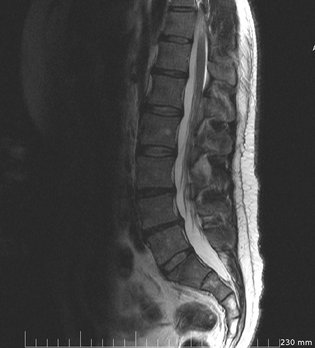Lower Back Pain: The Problem

THE BACK PAIN PROBLEM
by
Dr. George DeFranca
Nearly everyone will suffer disabling LBP. If you have it, it is just your turn. Most begin recovery quickly – that is, it is considered “self-limiting”. But significant symptoms & activity intolerance linger for most. Recurrent “flare-ups” are the norm, NOT the exception.
Rapid recovery can be difficult in patients that have any of the following:
- Fearful nature
- Depressed
- Unemployed
- Out of shape
- Smoke/drink alcohol
- Sleep difficulty
- Anxious, worrier
- Chronic pain
- Job dissatisfaction
- Extreme pain
- Poor health
- Pain spreading below elbow or knees
The chances are good that your pain is not from something that is very serious. Most commonly it is from stiff and poorly functioning joints and muscles that are very pain sensitive. You need to stay as active as possible and to gradually increase your physical activity. Know that it is safe to do so and that so long as your pain is NOT spreading away from your spine (ie, into your butte or shoulder, or down your leg or arm), that the hurt does not necessarily equal harm. It is just a sign that you are moving stiff, yet painful, areas. Do not bed rest to get this better- it won’t, it will only make you more stiff and de-conditioned.
Consider the following:
- Painful tissues are often reactive to initial treatment and exercise. This means that your back pain can overreact to even the slightest movement or activity.
- Joints, muscles, ligaments, and discs can become irritated and result in reflex “spasm”. However, such irritations are NORMAL & do not constitute re-injury.
- Pain or anticipation (fear) of pain can enhance this “spasm” or make it worse. Patients who equate hurt with harm develop a disabling form of thinking. This is part of fear–avoidance behavior which promotes de-conditioning (being out of shape). It is important to identify your fears around your pain and avoid taking on a “sick role” (using your pain to gain attention, etc.).
- LIGHT activity won’t further injure the spine, & will actually enhance the repair & recovery process. Walking is great exercise for a painful back.
Action steps to take:
- Get chiropractic care! Studies show that it is the superior treatment of choice.
- Perform CAT exercises to loosen up your spine first thing in the morning and periodically after it stiffens up during the day.
- Avoid bending forward during the first hour of the day or after sitting for more than 30 minutes as your spine is more at risk for a bending injury then.
- Do the Cobra or spine extension exercises, either lying down or standing, as often as you can (one set of 10 repetitions each 1-2 hours).
- Do not sit for more than 20-30 minutes without getting up for even a few minutes.
- When you sit, do so with a straight back. Do not slump as this will stretch and aggravate your pain sensitive tissues.
- When you bend over, bend at your hips and do not let your spine bend as if a broomstick was along your back (see hip hinge exercise). In other words, stick your butt out as you bend forward. This keeps your spine straight and does not let it round over.
- When you bend, twist, reach, get up or down from a sitting or standing position- try to limit your spine movements by doing the following:
- Keep your spine in its neutral position when you bend or move- this is the position that you can hold your spine in and it does not hurt.
- Tighten or “brace” your belly muscles as if you were getting ready for someone to punch you in the stomach. This maneuver stabilizes your spine while you move or exert.
- Use ice applications for 30 minutes to soothe your pain. Do this hourly.